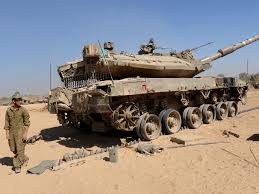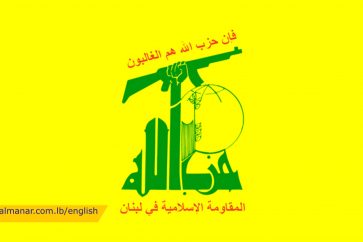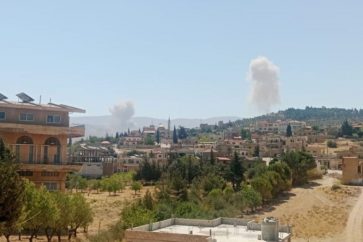Maariv newspaper quoted Zionist sources as saying that the Israeli occupation army has lost nearly half of its stockpile of Merkava tanks, a serious indication of the extent of the losses it is suffering in the Gaza Strip.
In an article published by Israeli journalist Avi Ashkenazi, he warned of the danger of “sinking back into the mud and mire of Gaza,” noting that the Palestinians have succeeded in “shattering the myth of the Merkava,” which has long been considered “the best and most fortified tank in the world.” Ashkenazi called the Merkava “the backbone of the occupation army,” referring to its strategic position in the Israeli army’s combat doctrine.
Merkava is designed to protect its crew composed of four soldiers: the driver, the gunner, the loader, and the commander. The fourth generation of this tank has a 120mm main gun and a capacity of 48 rounds, but it relies on an internal magazine that can hold no more than ten rounds. The Merkava also features the ability to be used as an armored personnel carrier, carrying six personnel in the rear. The Merkava 4 version includes the Trophy active protection system, designed to intercept anti-tank projectiles before they reach the tank. However, what is promoted in the Israeli military catalog is different from the reality on the ground in Gaza.
Despite the high cost of the tank, estimated at approximately $5 million, it still contains vulnerabilities that have enabled the Palestinian resistance to damage or completely destroy it. The resistance has used Yassin 105 missiles to bypass Israeli armor, using the double-headed technology.
The success of the targeting lies in the missile’s ability to penetrate all three layers of defense, as it is fired from a short distance, rendering the Trophy system unable to detect and engage it in a timely manner. According to military experts, the Palestinian resistance has begun focusing its targeting on the Merkava’s “fundamental weak point”—the base of the turret. This lacks the same layer of armor that surrounds the rest of the tank’s hull, making this area a vital target susceptible to penetration and destruction.
Source: Al-Manar English Website




